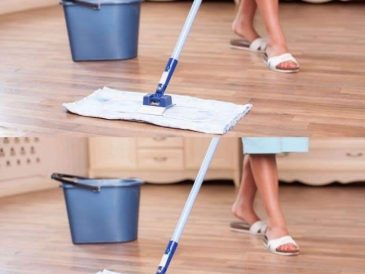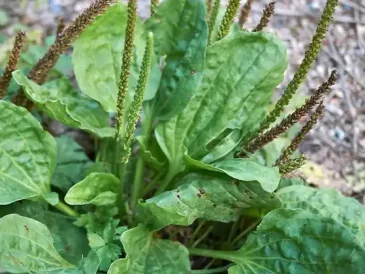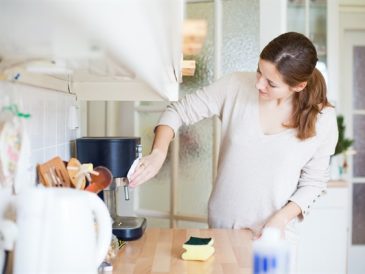How to Restore Yellowed Plastic on Appliances
Yellowing plastic on kitchen appliances is a common issue that can make your space look less clean and inviting. Thankfully, you can easily restore the original white appearance of your appliances with a few simple, inexpensive materials. This guide will walk you through effective methods to whiten yellowed plastic, bringing back the bright look of your kitchen.
What Causes Plastic to Yellow?
Plastic turns yellow due to prolonged exposure to sunlight, heat, and air. These factors gradually break down the plastic’s molecules, causing the discoloration. Common household appliances like microwaves, refrigerators, and washing machines are particularly vulnerable because they’re used frequently and often sit in direct light.
Materials Needed
- Hydrogen Peroxide (40 volumes): A powerful bleaching agent that can remove yellowing.
- Plastic Wrap (PVC): To cover the treated area and keep the peroxide in place.
- Brush or Cloth: For applying the hydrogen peroxide.
- Rubber Gloves: To protect your hands during the process.
Tip: Sunlight helps speed up the whitening process, so try to do this in a well-lit area.
Step-by-Step Guide to Whiten Yellowed Plastic
- Prepare the Surface
Start by wearing rubber gloves to protect your hands. Then, clean the yellowed plastic surface with a damp cloth to remove dirt, grease, or dust. This ensures that the hydrogen peroxide works directly on the plastic without any interference. - Apply Hydrogen Peroxide
Using a brush or cloth, apply a generous amount of 40-volume hydrogen peroxide to the yellowed area. Spread the peroxide evenly over the entire surface to ensure consistent coverage. - Cover with Plastic Wrap
Once the peroxide is applied, cover the treated area with plastic wrap. This helps keep the hydrogen peroxide in contact with the plastic and prevents it from evaporating too quickly. - Expose to Sunlight
If possible, place the appliance in direct sunlight. The UV rays will enhance the whitening effect of the hydrogen peroxide. Leave it outside for about one hour to allow the peroxide to work its magic. - Clean Off Excess Peroxide
After an hour, remove the plastic wrap and wipe off any remaining hydrogen peroxide with a damp cloth. If necessary, repeat the process until the plastic is fully restored.
Additional Tips
- Repeat if Needed: For stubborn yellowing, you may need to repeat the process a couple of times to achieve the desired results.
- Patch Test: Always try the hydrogen peroxide on a small, inconspicuous area first to ensure it doesn’t cause any unwanted reactions.
- Prevent Future Yellowing: To prevent yellowing in the future, keep your appliances out of direct sunlight and consider using protective covers.
DIY Alternatives for Whitening Plastic
If you can’t find 40-volume hydrogen peroxide, you can try some simple DIY alternatives:
- Baking Soda and Vinegar Paste: Mix baking soda and vinegar to form a paste, then apply it to the yellowed area. Leave it for 15-20 minutes before rinsing off.
- Lemon Juice and Baking Soda: Combine lemon juice with baking soda to create another paste. Apply it to the yellowed plastic, let it sit for a few minutes, and then rinse off.
- 10-Volume Hydrogen Peroxide: While less potent than 40-volume, 10-volume hydrogen peroxide can still help, especially when exposed to sunlight.
Conclusion
Restoring yellowed plastic on appliances is a simple and cost-effective way to refresh the look of your kitchen. With hydrogen peroxide and a little patience, you can bring your appliances back to life and make them look like new again. By following these steps and using the right materials, your kitchen will shine brighter, and your appliances will last longer. Just be sure to handle everything carefully, and you’ll enjoy the results in no time!




